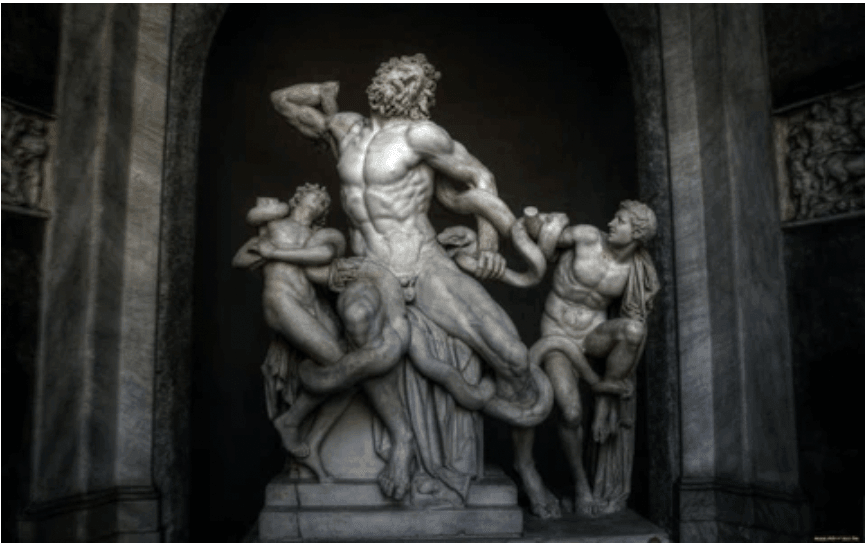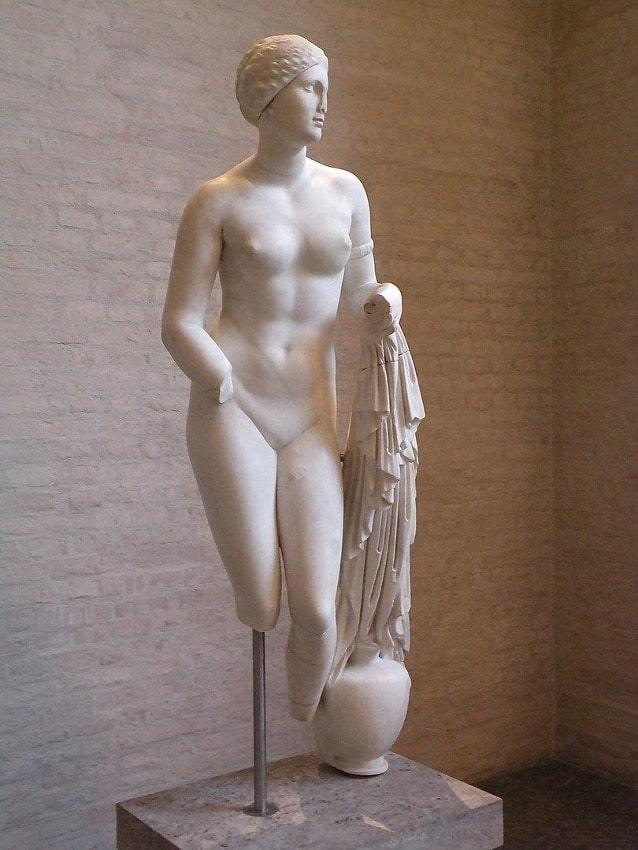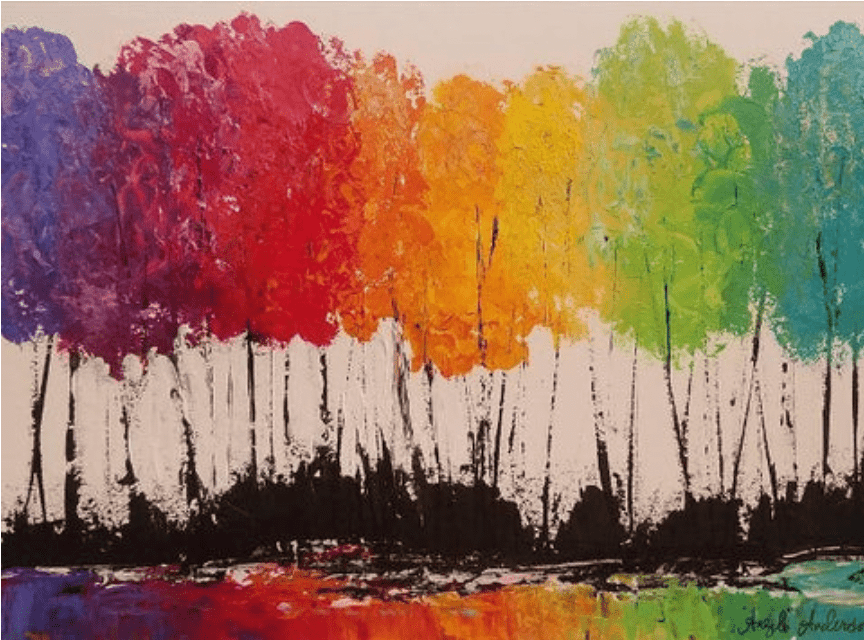
Sculpting is one of the oldest art forms. Another word to describe sculpting might be "immortal" since preserving sculptures is less demanding than paintings and many other art forms used as accessories. Plus, sculptures usually survive longer without effort. That's why today we have many statues made in the ancient ages.
The history of sculptures goes as back as humanity itself. One of the first sculptures of human history, Venus of Willendorf, was found in 25,000 BCE, which makes it the oldest known human-made artwork. Maybe, it was the desire to become immortal which made us that keen on creating stone forms of ourselves.
In fact, we held sculptures in such high regard that they emerged in other art forms, such as literature and painting. From Ovid to Pushkin, a recurring narrative of statues coming alive represents how we ascribe humanness to the creations made in our image.
However, sculptures aren't just objects that shed light on human psychology; they also serve as cool decorations for your home! Do you want to adorn your house with art? Then you should check out Artchi's selection of sculptures! And those who want to learn more about the most famous sculptures can continue reading the post.
10 Most Famous Sculptures in The World
The most famous sculptures ever chronologically include:
- Venus of Willendorf
- Laocoön and His Sons
- David
- Ecstasy of Saint Teresa
- The Thinker by Auguste Rodin
- The Little Fourteen-Year-Old Dancer
- Guitar
- Unique Forms of Continuity in Space
- Fountain by Marcel Duchamp
- Maman
1. Venus of Willendorf – 25,000-30,000 BCE

One of the earliest known pieces of art, Venus of Willendorf, is an enigma herself. Unfortunately, there's no way of knowing why, how and for what purpose it was made and used. Some researchers suggest that it was an idol of a goddess of fertility, a cult object, a masturbation tool or just a self-sculpture of its maker.
Venus of Willendorf misses a face; instead, a braid-like design covers her whole face. Some researchers think this was a way to take the attention away and highlight her feminine features. Large breasts and an exaggerated figure were often associated with femininity, fertility, and motherhood.
2. Laocoön and His Sons – Second Century BCE

Rather few artworks represent agony and terror more realistically than Laocoön and His Sons. The statue depicts the story of a Trojan priest, Laocoön, and his sons' tragedy. According to the legend, set during the Trojan War, Laocoön tried to convince Trojans to reject and even destroy the Trojan horse believing it was a trick of the Greeks.
This act of Laocoön enraged Athena -some sources say Poseidon- and she punished Laocoön by sending sea serpents onto him and his sons, Antiphantes and Thymbraeus. In some narratives, Laocoön and his sons were punished by Poseidon not because Laocoön tried to expose the Trojan horse but rather for procreating in a temple.
Laocoön and His Sons was quite a famous sculpture in antiquity; according to Pliny, who hailed the statue in his works, it ornamented the palace of Emperor Titus. The sculpture is known for its uneasily realistic depiction of anguish and suffering by portraying the characters' futile struggle to save themselves from the writhing serpents.
3. David by Donatello – 1440

David's battle against Goliath was a prevalent theme in Renaissance art that many artists, including Michelangelo, depicted in their works. However, one of the most famous and controversial sculptures depicting David was Donatello's Bronze David. The controversy surrounding the sculpture arose from the hard-to-interpret nature of the statue.
David, completed in 1440, resided in the town hall of Florence. The statue depicts David all naked, except for footwear and a hat, with an oversized sword in hand, which possibly refers to God's help in his triumph, and stomping on Goliath's severed head.
As mentioned, the sculpture is hard to interpret. David of Donatello is an erotic and somewhat effeminate depiction of the hero. This representation caused some critics to believe Donatello expressed his homosexuality through this work. While others believed the sculpture served only as a perfect example of male nudity.
4. Ecstasy of Saint Teresa by Gian Lorenzo Bernini – 1647-52

Gian Lorenzo Bernini was one of the most famous and prolific artists of the Renaissance. During an era of Reformation and religious turmoil in Europe, Bernini's works served to show off the artistic grandeur of the Catholic world. That's why it shouldn't be surprising that Bernini's most famous work was Ecstasy of Saint Teresa.
Ecstasy of Saint Teresa depicts a vision of Saint Teresa of Ávila, in which an angel pierces her heart with a fire-tipped spear. The sculpture represents the Saint with an erotic expression on her face while the Angel holds his spear to stab Saint Teresa in the heart. A long cloth writhes both figures’ bodies.
5. The Thinker by Auguste Rodin – 1880

The thinker might be the most well-known sculpture of Rodin. Originally named the Poet, it was initially part of a contract for the Gates of Hell, a bronze sculptural group depicting a scene from the Inferno of Divine Comedy by Dante Alighieri. Some even think that the sculpture represented Dante himself.
Although the sculpture was originally a part of a larger sculptural group, Rodin decided to make a larger version of it as an independent work. During his lifetime, Rodin made many copies and casts of the sculpture; however, the most famous is the one residing in the garden of the Rodin Museum in Paris.
6. The Little Fourteen-Year-Old Dancer by Edgar Degas – 1881/1922

The Little Fourteen-Year-Old Dancer was Degas' most controversial -and the only exhibited- work during his lifetime. The work depicts a young ballet dancer, named Marie van Goethem, from Paris Opera Ballet. Degas made the sculpture from wax and dressed it in a ballet costume with a wig of real hair.
7. Guitar by Pablo Picasso – 1912

Although Picasso is known for his paintings, he was a prolific artist in various art forms. However, Picasso's Guitar might be one of the best examples of his artistic style and personality.
The famous artist chose not to use moulding or carving to produce his sculpture. He, however, preferred to attach flat pieces together to create a three-dimensional object. Picasso created the first version of Guitar in 1912 from cardboard and then made one from sheet metal.
8. Unique Forms of Continuity in Space by Umberto Boccioni – 1913

One of the most important works of Italian Futurism, Unique Forms of Continuity in Space, is an awe-inspiring work. Its sculptor, Umberto Boccioni, described it as a figure in the "synthetic continuity" of movement.
Unique Forms of Continuity in Space merges the whole act of moving into a single figure. The sculpture combines elements from both the past and present. Whereas the figure's triumphant posture comes from the romantic periods of art, the metal it was made of symbolises the industrialisation movement of the time.
9. Fountain by Marcel Duchamp – 1917

Fountain by Marcel Duchamp captures the mundanity of an often overlooked and seldom appreciated object. It is Duchamp's style to turn everyday objects into pieces of artwork, Fountain, however, might be the most awe-inspiring work of the artist. Although the original work is lost, 16 reproductions made by Duchamp exist.
Fountain is unique in its commonness; it's a mass-produced object that turned into a precious artwork with the touch of a well-known artist. Therefore, it is safe to say that, by making Fountain, Duchamp might be trying to say that the object doesn't matter, yet the intention behind its making does.
10. Maman by Louise Bourgeois – 1999

Sometimes called Spider, Bourgeois' Maman, with over 30 ft in height and 33 ft in width, is one of the tallest sculptures in the world. The original sculpture is made from steel and has 32 marble eggs in its sac. However, the following copies of the sculpture were made from bronze.
Bourgeois created Maman in the mid-90s as an ode to her mother, whom she lost when she was twenty-one. Bourgeois related some of her mother's qualities to a spider's; for example, her mother was a weaver and had a protective and nurturing nature, just like spiders, according to Bourgeois.
Artchi's vast collection of sculptures, paintings and other decor includes many pieces inspired by the most famous works in history. Furthermore, Artchi offers a vast selection of neon decorations and metal wall art that give famous artworks a modern twist.







Leave a comment
All comments are moderated before being published.
This site is protected by hCaptcha and the hCaptcha Privacy Policy and Terms of Service apply.